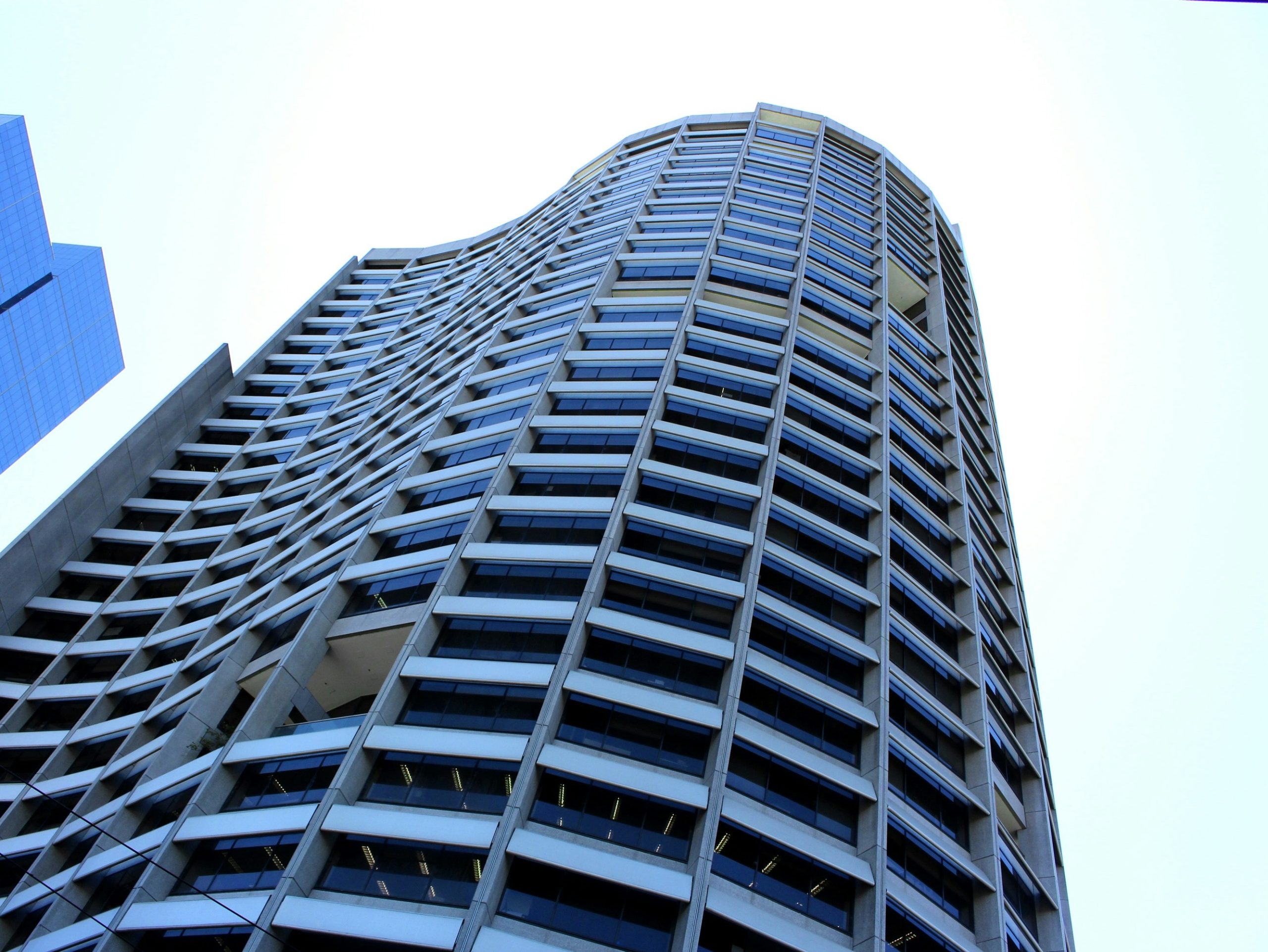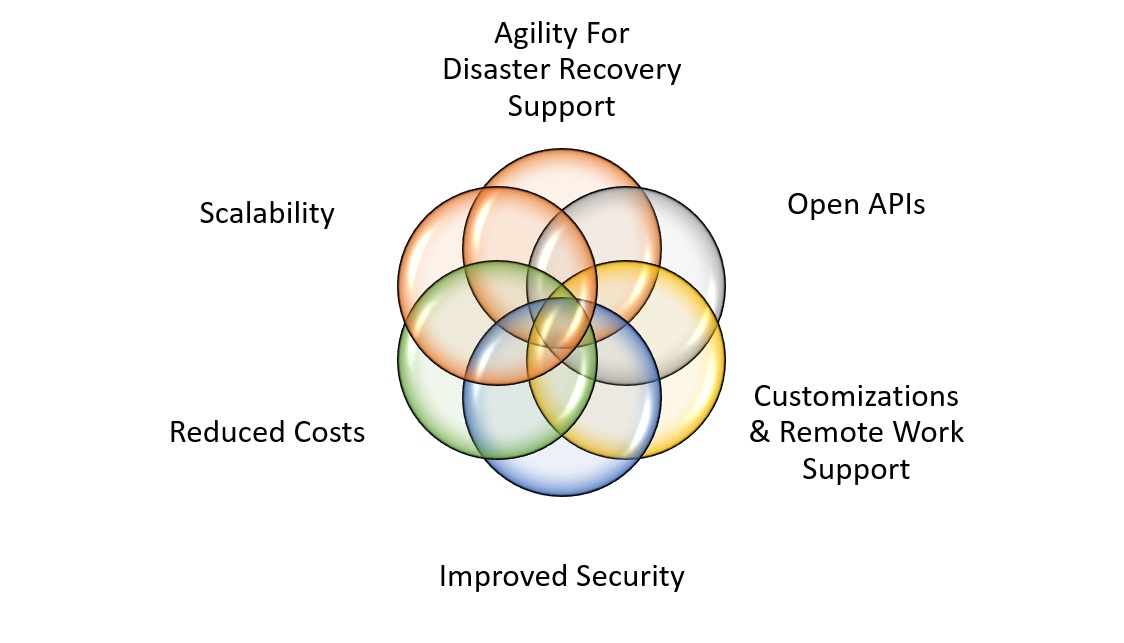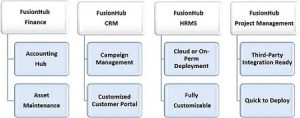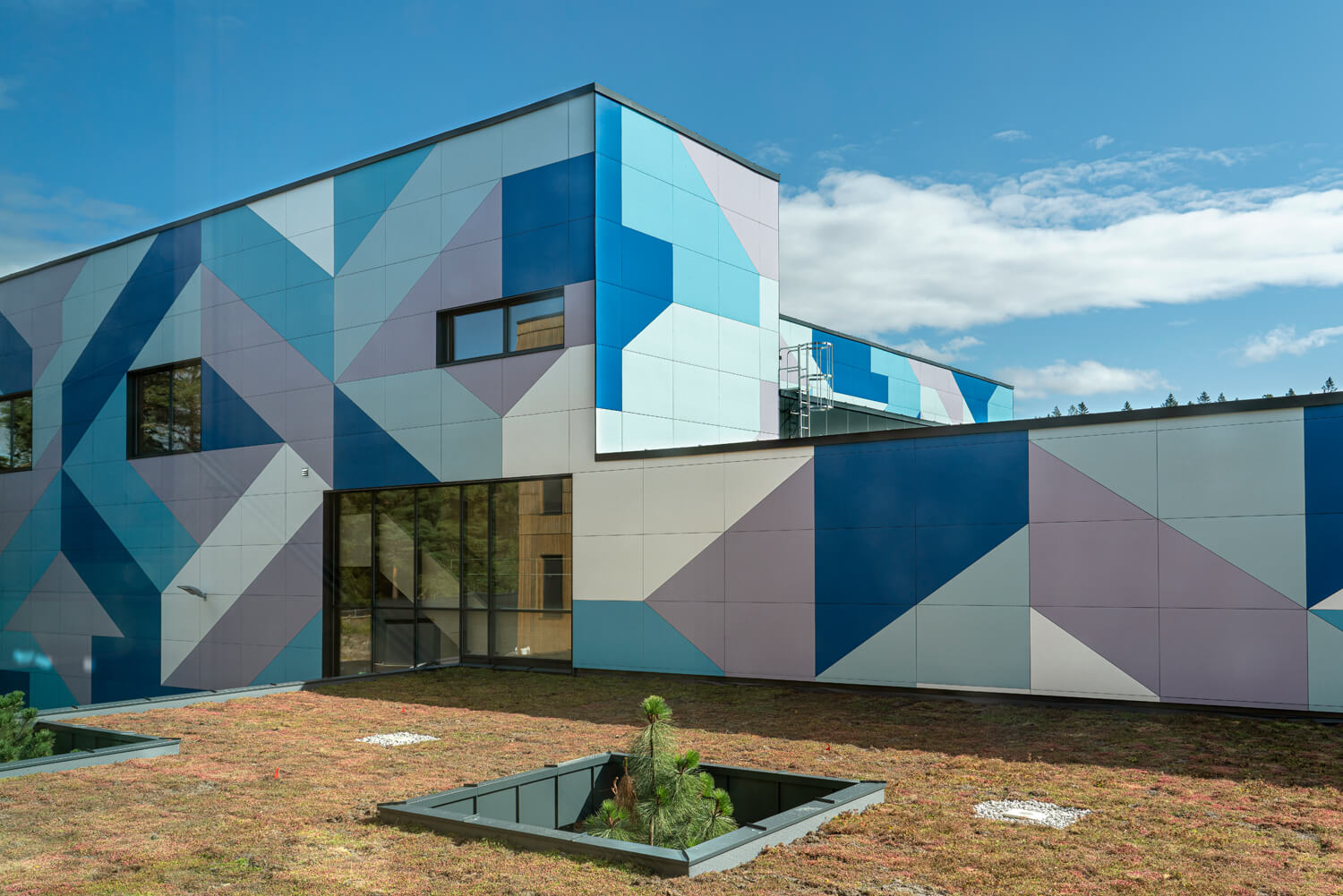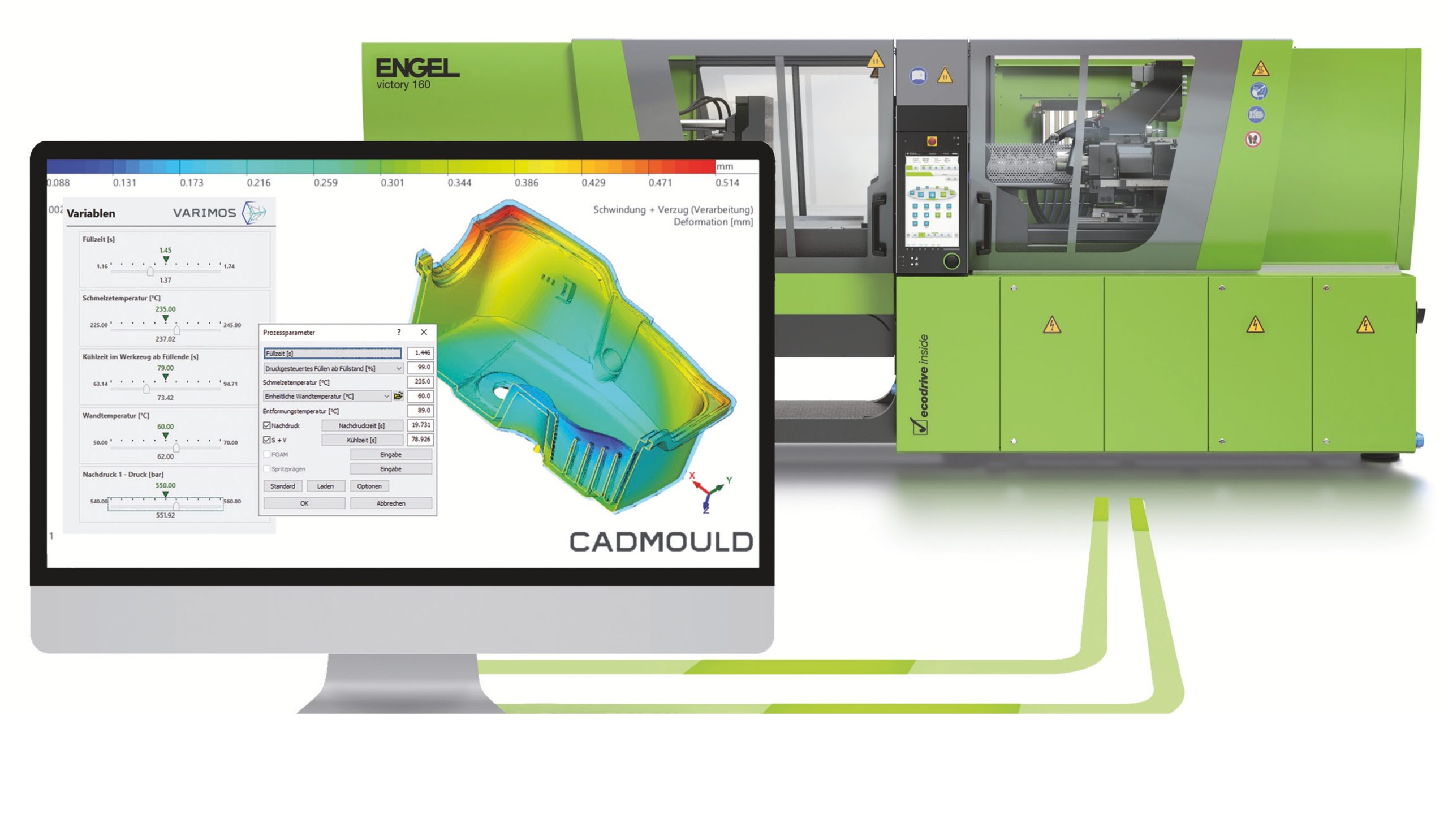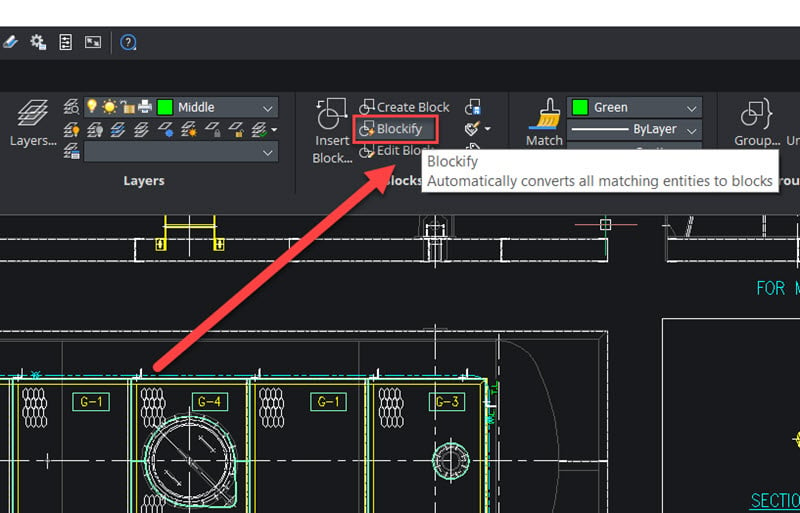
Construction is one of the most important industry of the modern world which nearly impacts every industry. Due to their large size, big impact and complex nature, construction projects involve huge risks and need to be carefully planned, designed and executed. Project developers are continuously looking for tools to manage their projects efficiently and minimize errors. Connected Construction has emerged as an answer to most of the questions from construction project developers.
Connected Construction refers to the use of a software platform for the integration of various teams, information and technologies involved in a construction project. The software platform helps in a smooth flow of information from one team to another, one department from another and from one stage to the other. The platform also keeps the entire workforce updated regarding the changes happening at any particular part or stage of the project. This helps others adjust and align their work according to the latest changes.
Connected Construction is extremely important in modern projects due to the following reasons –
Complex and moving parts: Various departments are working simultaneously on a construction project. It can also happen that one department is working on one stage while another department is on a different stage. Due to the scale of work and investment in these projects, even the smallest error needs to be avoided. A small error can have a domino or butterfly effect on the entire project. Connected Construction helps avoid and minimize mistakes.
Internal and external factors: Infrastructure projects are impacted by various factors such as environmental, social, government policies, market conditions, supply of materials, labor issues etc. can have a significant impact on these projects. All the teams, internal as well as external, working on the project should be aware of any conditions that might impact the development of the project to avoid any confusion.
Large team with different specialties: Planning, architecture, structure designing, procurement, legal, finance, engineering etc. are some of the various teams working simultaneously. Often the teams are located in different geographical locations. The teams have different expertise and experiences. In order to optimize the working of all these teams towards a common goal, specialized software platforms are required.
Infrastructure companies are rapidly realizing the value of connected digital construction and reaping the following benefits
· Cost-saving: Since errors are minimized and rework is not required. This helps in speeding up the project and saving costs.
· Enhanced quality and efciencfiy: Since all the teams and departments are working in harmony, the quality and efficiency of the projects are significantly enhanced.
· Optimized schedule: Connected construction offers real-time project visibility. This helps in optimizing the schedules of the project.
· Manage assets: Managers can easily monitor the status of the assets being used in the projects. These assets could be material, machinery, transport fleet etc.
Several tools are available in the market for connected construction. Every tool has its pros and cons. Archicad is such a powerful tool by which design, visualize, document, and deliver projects of all sizes. RIPL in association with Graphisoft (Hungary) is doing the advocacy in AEC sector to adapt the digital construction technologies.
AEC sector is building the structures that enables other sectors to operate. That’s why built-environment is critical for long-term success of projects. Companies need the powerful solution tools to design better buildings and efficiently deliver projects. AEC sector should invent in & leverage constriction technologies to provide the innovative solutions & real-time insights that increase productivity and reduce cost.
 info@replinfosys.com
info@replinfosys.com +91
9319581803
+91
9319581803

